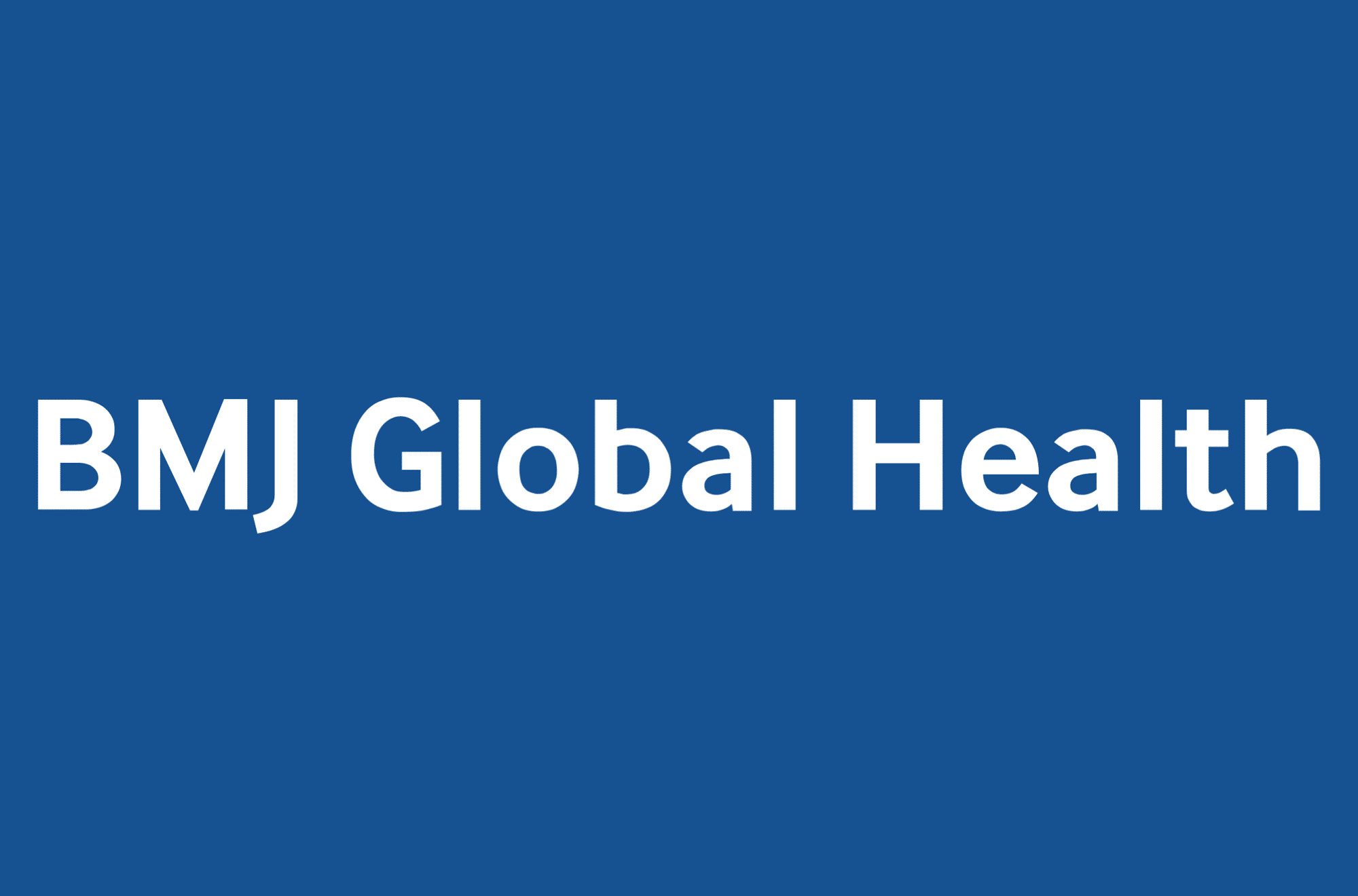
by Gila Zarbiv, Moriah E Ellen
BMJ Global Health, Commentary, Volume 10, Issue 6, 2 June 2025. Open access.
Summary
- Midwifery autonomy and independence are distinct yet interdependent concepts that are both essential for high-quality maternal and neonatal care.
- Many health systems support autonomy in theory but fail to ensure midwives can practice independently in reality.
- Advancing midwifery requires system-wide structural investment in regulation, education, association, practice, research and leadership to support both autonomy and independence.
- Achieving midwifery autonomy and independence is a global imperative for equity, quality, and the advancement of evidence-informed policy and health system transformation.
From the main text:
Midwifery is one of the most evidence-supported healthcare interventions for improving maternal and neonatal outcomes. Midwives have a broad scope of practice, defined by the WHO to include sexual, reproductive, maternal, neonatal and adolescent health (SRMNAH), and, when adequately supported, can meet up to 90% of essential healthcare needs across the women’s healthcare spectrum. Studies across low-income, middle-income and high-income countries consistently show that continuity of midwife care (CoMC) reduces maternal and neonatal morbidity and mortality, lowers healthcare costs, raises patient satisfaction and decreases unnecessary interventions. CoMC is defined as care provided autonomously and independently by a known midwife, or a small team of midwives, throughout pregnancy, birth and the postnatal period. A recent Lancet study found that if every woman had access to a midwife, 4.3 million lives could be saved.



